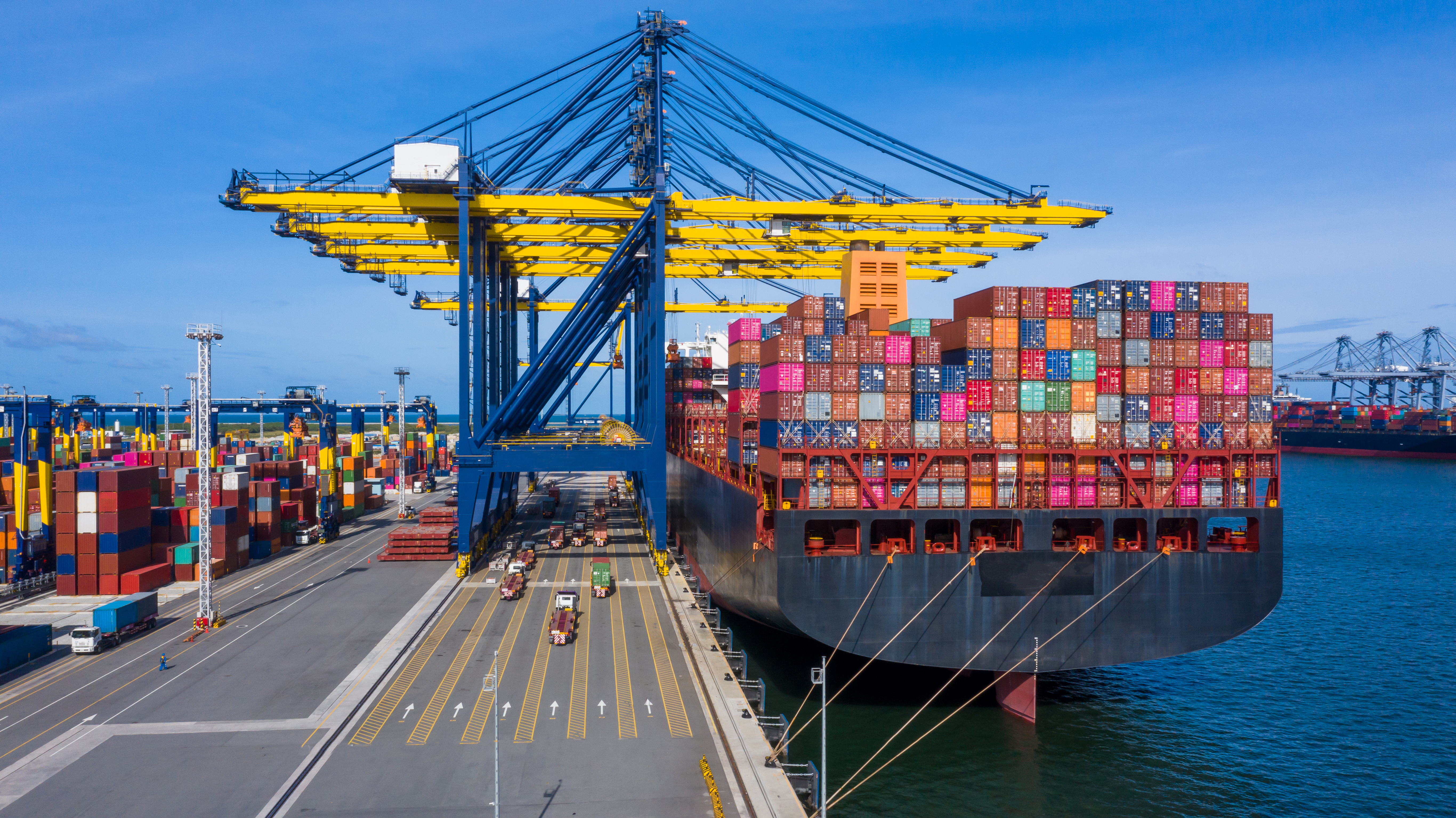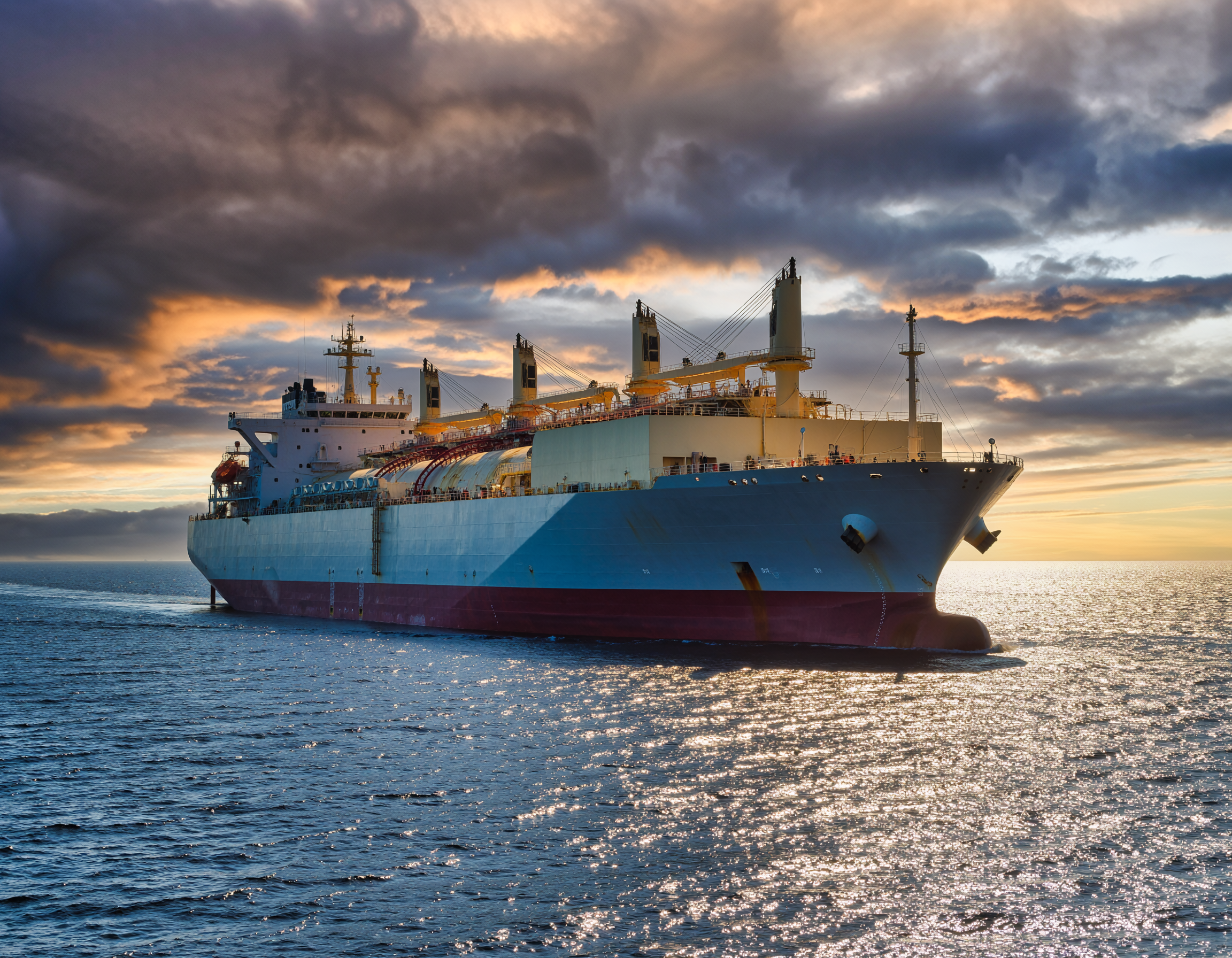Increased trade protectionism in the United States, whether it’s tariffs on goods entering the US or penalties on the Chinese-built vessels transporting those goods, will have a ripple effect on trade across the Americas. Geopolitics, in particular trading tensions between China, the US, and the European Union, are realigning trading patterns, and in turn influencing the day-to-day operations of South American vessel owners and charterers. At the macroeconomic level, the governments of South American countries are aligning themselves more closely with both China and the EU.
Looking to the East as well as the North
With respect to China, at the time of this writing, the presidents of Brazil, Colombia and Chile are in Beijing to discuss trade with China’s president, Xi Jinping. Within South America, China is seen as an increasingly more reliable trading partner than the US, according to polling obtained by The Economist. China, in turn, is purchasing greater quantities of copper, lithium and soybeans from South American producers, primarily Argentina, Chile and Brazil, which in turn are purchasing greater numbers of electric vehicles, telecoms, and solar panels from China. The new mega-port at Chancay, Peru, constructed by the Chinese, is a physical manifestation of the deepening ties between China and South America. These developments, in concert, should compel South American vessel owners and charterers to diversify their outlook by positioning their vessels to trade east across the Pacific as well as north to the US.
Increased Trade Cooperation with Europe
Deepening trade ties between Europe and South America may also soon come to fruition in the form of a formal trade agreement between the EU and Mercosur, also known as the Southern Common Market, which includes Argentina, Brazil, Paraguay, and Uruguay. Though negotiations between Mercosur and the European Union have been ongoing for decades, on December 6, 2024, a wide-ranging treaty was finalized which included, among others, increased trade cooperation between the two blocs. The deal has not yet been ratified by the EU member states; however, at its core, it evidences an intent by South American exporters to diversify and to not rely solely on the US and China, but to forge new trading patterns with new markets to leverage South America’s central importance when it comes to the global sale and transport of commodities.
Exploring New Markets
South American vessel owners and charterers are clearly paying attention to the shifting paradigms. Wary of the Trump administration’s threats to impose steep penalties on vessels built in China, including on companies that own vessels built in China as part of their holdings, the Club has heard reports of South American vessel owners and charterers hesitant to trade at all to the US due to concerns of being penalized for owning Chinese-made ships. There are also concerns about vessel and cargo delays resulting in potential fines, demurrage and deadfreight claims due to the prevailing tariff uncertainty and a shifting regulatory regime. Those vessel owners and charterers are instead refocusing their trading activities between countries within South America, while chartering the occasional voyage to the Far East and Europe to explore new markets. As vessel owners and charterers are aware, not every risk can be wholly mitigated against. The somewhat mercurial nature of the present US administration, with its on-again/off-again tariffs and threats to impose penalties on Chinese-built ships, is forcing a rethink of long-held assumptions about where, and what, to trade. As such, South American vessel operators would be well served to explore the option of diversifying trading patterns to Europe or the Far East in order to be properly positioned as the macroeconomic and geopolitical fault lines continue to shift.



![The Solomon Trader [2025] EWCA Civ 1387: The ‘pay to be paid’ rule affirmed in the Court of Appeal](/fileadmin/uploads/ukpandi/News_Images/AdobeStock_104743067.jpeg)
